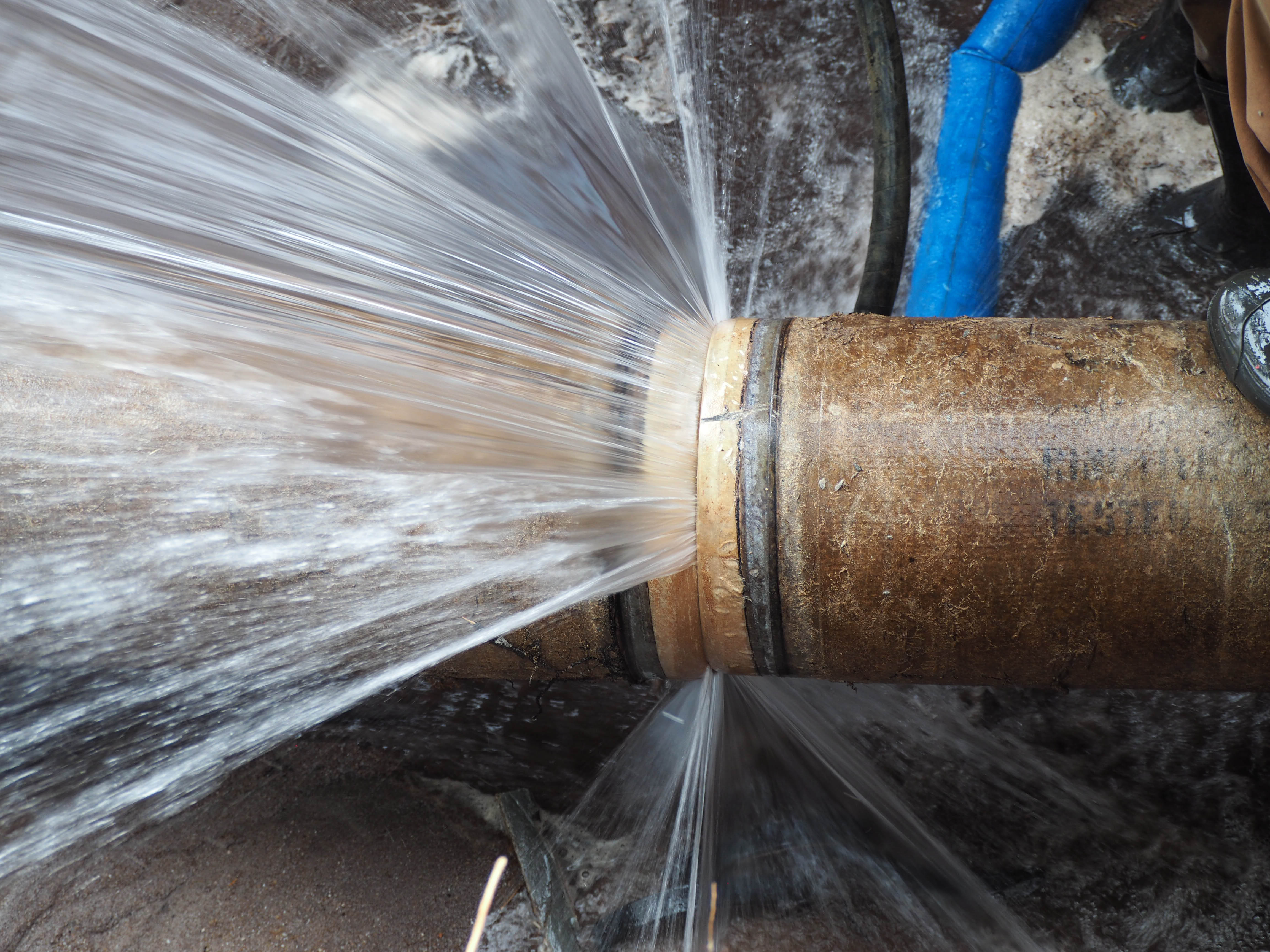Protecting Pipes from Cold Weather Damage: Essential Tips
Protecting Pipes from Cold Weather Damage: Essential Tips
Blog Article
The content down the page relating to Prevent Frozen Pipes is exceptionally fascinating. Read on and make your own personal assumptions.

Winter can ruin your pipes, especially by freezing pipelines. Below's how to avoid it from occurring and what to do if it does.
Introduction
As temperatures decline, the danger of icy pipes boosts, possibly resulting in pricey repairs and water damage. Recognizing how to prevent frozen pipelines is crucial for property owners in cold environments.
Avoidance Tips
Shielding at risk pipes
Wrap pipes in insulation sleeves or use heat tape to safeguard them from freezing temperatures. Focus on pipes in unheated or outside areas of the home.
Heating techniques
Keep interior rooms properly heated, especially locations with pipes. Open up cupboard doors to allow cozy air to circulate around pipes under sinks.
How to recognize frozen pipelines
Search for lowered water circulation from taps, unusual odors or sounds from pipelines, and visible frost on revealed pipelines.
Long-Term Solutions
Architectural adjustments
Take into consideration rerouting pipes far from exterior walls or unheated locations. Include additional insulation to attic rooms, basements, and crawl spaces.
Upgrading insulation
Purchase high-quality insulation for pipes, attics, and walls. Proper insulation helps maintain consistent temperatures and reduces the risk of icy pipelines.
Securing Outside Plumbing
Garden tubes and exterior taps
Separate and drain yard hoses before winter months. Set up frost-proof faucets or cover exterior taps with shielded caps.
Understanding Frozen Pipes
What triggers pipes to ice up?
Pipes freeze when revealed to temperature levels listed below 32 ° F (0 ° C) for prolonged periods. As water inside the pipelines freezes, it expands, taxing the pipeline walls and possibly creating them to burst.
Dangers and problems
Icy pipes can cause water supply interruptions, property damage, and costly fixings. Ruptured pipelines can flooding homes and create extensive structural damage.
Indicators of Frozen Piping
Recognizing icy pipelines early can prevent them from breaking.
What to Do If Your Pipelines Freeze
Immediate actions to take
If you believe icy pipes, maintain faucets open to soothe pressure as the ice melts. Use a hairdryer or towels taken in warm water to thaw pipelines gradually.
Final thought
Stopping frozen pipelines requires proactive procedures and quick responses. By comprehending the reasons, signs, and safety nets, house owners can protect their plumbing during winter.
5 Ways to Prevent Frozen Pipes
Drain Outdoor Faucets and Disconnect Hoses
First, close the shut-off valve that controls the flow of water in the pipe to your outdoor faucet. Then, head outside to disconnect and drain your hose and open the outdoor faucet to allow the water to completely drain out of the line. Turn off the faucet when done. Finally, head back to the shut-off valve and drain the remaining water inside the pipe into a bucket or container. Additionally, if you have a home irrigation system, you should consider hiring an expert to clear the system of water each year.
Insulate Pipes
One of the best and most cost-effective methods for preventing frozen water pipes is to wrap your pipes with insulation. This is especially important for areas in your home that aren’t exposed to heat, such as an attic. We suggest using foam sleeves, which can typically be found at your local hardware store.
Keep Heat Running at 65
Your pipes are located inside your walls, and the temperature there is much colder than the rest of the house. To prevent your pipes from freezing, The Insurance Information Institute suggests that you keep your home heated to at least 65 degrees, even when traveling. You may want to invest in smart devices that can keep an eye on the temperature in your home while you’re away.
Leave Water Dripping
Moving water — even a small trickle — can prevent ice from forming inside your pipes. When freezing temps are imminent, start a drip of water from all faucets that serve exposed pipes. Leaving a few faucets running will also help relieve pressure inside the pipes and help prevent a rupture if the water inside freezes.
Open Cupboard Doors
Warm your kitchen and bathroom pipes by opening cupboards and vanities. You should also leave your interior doors ajar to help warm air circulate evenly throughout your home.

I'm very taken with How To Avoid Freezing Pipes and I really hope you appreciated the entire post. For those who enjoyed our blog entry plz do not forget to pass it around. I treasure reading our article about 6 Ways to Prevent Frozen Pipes.
Schedule Report this page